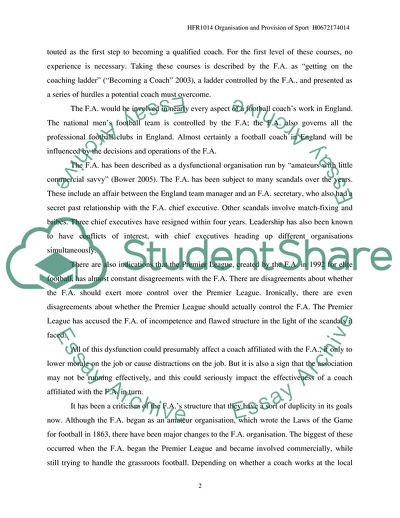Cite this document
(Organization and Provision of Sport Case Study Example | Topics and Well Written Essays - 2500 words, n.d.)
Organization and Provision of Sport Case Study Example | Topics and Well Written Essays - 2500 words. Retrieved from https://studentshare.org/sports-and-recreation/1707713-organisation-provision-of-sport
Organization and Provision of Sport Case Study Example | Topics and Well Written Essays - 2500 words. Retrieved from https://studentshare.org/sports-and-recreation/1707713-organisation-provision-of-sport
(Organization and Provision of Sport Case Study Example | Topics and Well Written Essays - 2500 Words)
Organization and Provision of Sport Case Study Example | Topics and Well Written Essays - 2500 Words. https://studentshare.org/sports-and-recreation/1707713-organisation-provision-of-sport.
Organization and Provision of Sport Case Study Example | Topics and Well Written Essays - 2500 Words. https://studentshare.org/sports-and-recreation/1707713-organisation-provision-of-sport.
“Organization and Provision of Sport Case Study Example | Topics and Well Written Essays - 2500 Words”. https://studentshare.org/sports-and-recreation/1707713-organisation-provision-of-sport.


